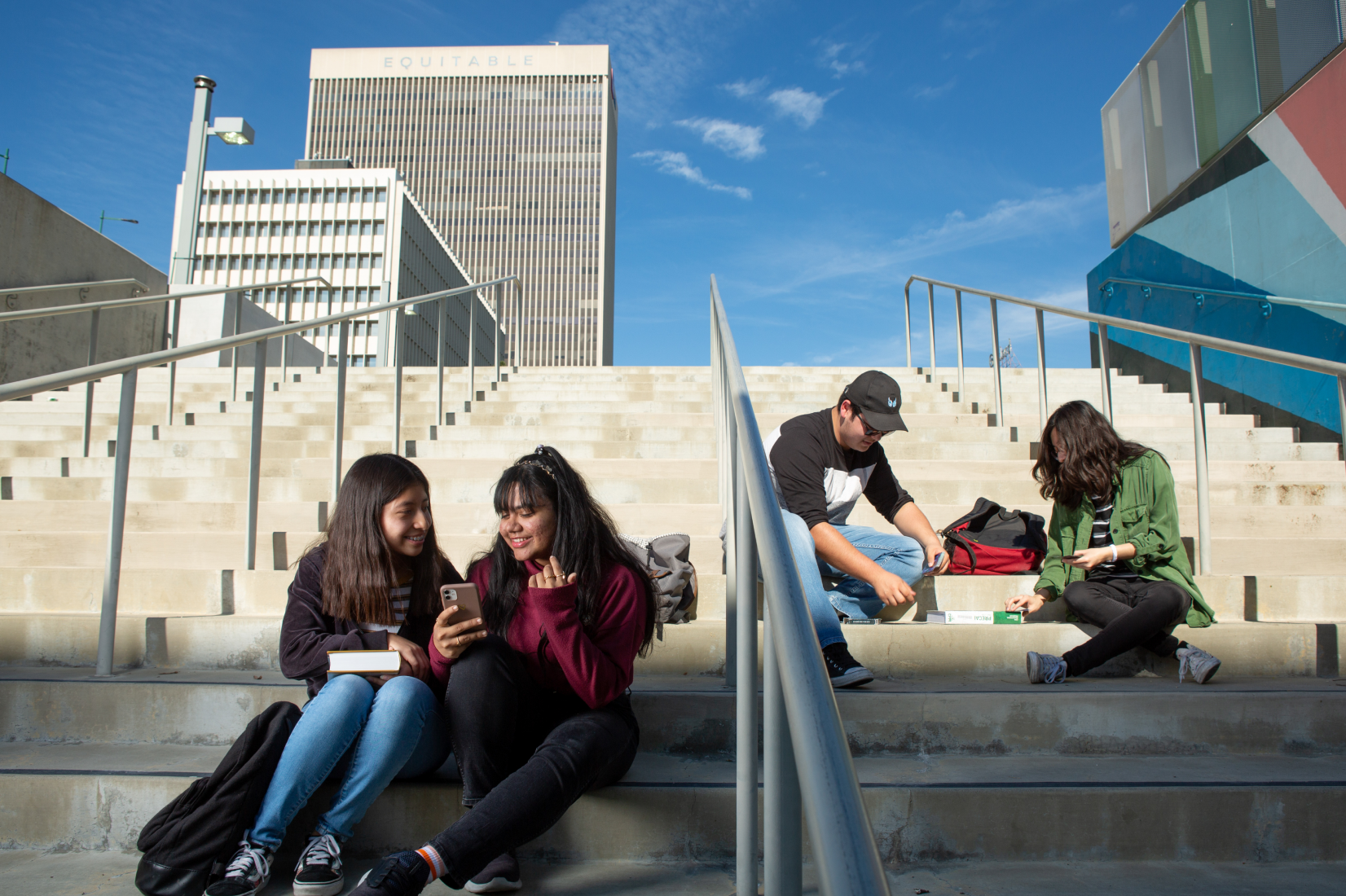Completion is key.
The path from enrollment to graduation is neither straight nor certain for many students. If they take longer than planned to reach graduation, the opportunity costs increase as they delay starting their careers. If they don’t reach graduation at all, they still have to pay for school and are likely left without the skills required to be competitive in today’s economy.
To build a talent-strong Texas, we must focus not only on helping students start their postsecondary journeys but also on helping students complete them.
Most students don’t graduate “on time.”
The charts below show graduation rates for students who started their postsecondary education between 2015 and 2021. Students often take longer to complete than the expected two years at a community college and four years at a university.
In the chart for two-year institutions, we see 24% to 31% of students in each cohort graduated within three years; the percentage grows marginally (less than 10 percentage points) by four years. Six years after enrollment, just under half (44%) of students had graduated from a two-year college. The remainder of students either continued at their institution beyond six years, transferred to a four-year institution, or dropped out.
For students attending four-year institutions, 40 to 45% of students graduated within four years. The graduation rate is around 20 percentage points higher at the five-year mark and marginally higher (5-6 percentage points) at the six-year mark.
Graduation rates are picking up pace
For both two- and four-year institutions, the percentage of students graduating on time has increased since the 2015 cohort. At two-year institutions, the three-year graduation rate was 7 percentage points higher for the 2021 cohort compared to the 2015 cohort. Four-year institutions saw similar growth – the four-year graduation rate increased by 5 percentage points from the 2015 cohort to the 2020 cohort. This evidence suggests that Texas postsecondary students are increasingly likely to complete degrees on time.
Yet, six-year graduation rates remain consistent. At two-year colleges, 44% of students graduate within six years, whereas 66% of students graduate within six years at four-year colleges. In other words, three-in-five community college students and one-in-three university students do not complete a degree within six years. Although the pace of finishing a degree has accelerated, the total percentage of students earning degrees has remained at 2015 levels. Supporting student persistence is a crucial mechanism to improve Texas higher education graduation rates.


